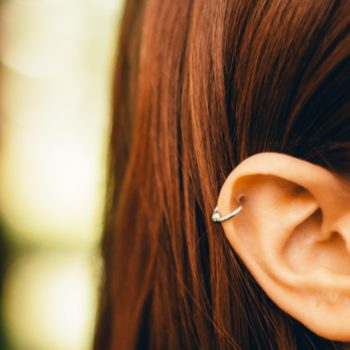Injuries, or other critical points where our skin becomes redder or swollen, are the signals through which our skin communicates with us. This is often used to provide us with fundamental information to prevent various types of pathologies, including tumors. For this reason, it is very important to keep the entire surface of our skin under constant observation. This is not an easy operation: in terms of prevention, technology can do a lot today. How? Through a digital instrument called a videodermatoscope, it is possible to monitor the skin in a simple, quick and safe way as well as to prevent its degeneration into melanoma, the most aggressive malignant tumour of the skin. Dr. Rosa Maria Strangi, dermatologist and venereologist at Humanitas Medical Care Busto Arsizio, Lainate and Arese and at Humanitas Mater Domini in Castellanza, in the province of Varese, talks about this new technology.
Technology that is skin-friendly
The dermatological diagnosis can be made through two techniques that exploit the technology: dermatoscopy and videodermatoscopy.
Dermatoscopy (or epiluminescence) is a very important non-invasive technique because it allows for the early diagnosis of skin tumors and the evaluation of the pigment disposition inside the epidermis and the dermis. A dermatoscope is required to carry out this assessment, i.e. a lens that magnifies the skin lesion up to one hundred times. This is illuminated by a polarized light, which allows the observation of the morphological and structural characteristics and otherwise not appreciable to the naked eye. In addition to the pre-tumor and tumor molds the dermatoscope also shows non-cancer lesions that are absolutely benign. This technique allows, therefore, to identify the moles at risk, so that they can be removed before they turn into melanomas.
Video-dermoscopy, on the other hand, is the evolution of the dermatoscopy. Through a wireless system, it allows us to transfer the frames and the very high resolution digital images, acquired with the videodermatoscope, either in macro making an overview of the various areas of the body, and in a restricted area where there are, for example, five-six moles, which are marked with arrows. Everything that is photographed is then archived in such a way that, at each check, the new images can be compared with those of reference. Video-dermoscopy can also be used in trichoscopy, i.e. hair analysis, to diagnose particular pathologies of the scalp or forms of alopecia areata or particular deficiencies.
Skin cancer: genesis and prevention
In addition to melanoma, a malignant tumor that can occur on intact skin and can generate metastases, there are other forms of skin cancer that have an incidence of 90%. These are the basal cell carcinomas and the spinocellular carcinomas.
These two types of skin cancer are unlikely to cause metastases: basal cell carcinoma that has been surgically removed may have recurrences after a while, while the spinocellular, which is more invasive, may affect the part of the lymph node system. For this reason, when these are removed, it is necessary to have an ultrasound of the lymph nodes closest to the lesion.
Having a particularly clear skin, blue eyes, red or blonde hair in general increases the percentage of risk of getting sick of skin tumors. It is important to start with the mapping of moles, which must be monitored regularly over 50 years of age. All forms of cancer develop in areas where there has been a burn, even if in the past. Particular attention should be paid to those who have already developed dysplastic nevus, i.e. with atypical cells, as there is the possibility of developing others. For the rest, a few simple rules of behaviour will suffice.
These are Dr. Strangi’s suggestions:
– do not expose yourself under the sun from 11 a.m. to 3 p.m., especially during the summer;
– protect yourself with sunscreen with factor 30 or 50 (better 50) regardless of your skin type;
– protect yourself with clothes, sunglasses and hat;
– make a dermatological visit at the age of 18, once a year, a schedule that is shortened to 4-6 months, for five consecutive years, for those who have undergone the removal of a melanoma;
– consider the rule of the so-called ABCDE of the mole: A stands for asymmetry, B for irregular edges, C for percolour (or an uneven colour or the presence of several colours within the same mole, or the modification of the colour towards a darker colour), D for size (the moles exceeding 6 millimetres are considered to be more at risk); if there is an increase in size within a short time, i.e. if the mole increases by about 3-4 millimeters within two months), E for evolution of the lesion, for example, it becomes flat; and also for age (under 15 years skin tumors are very rare).








